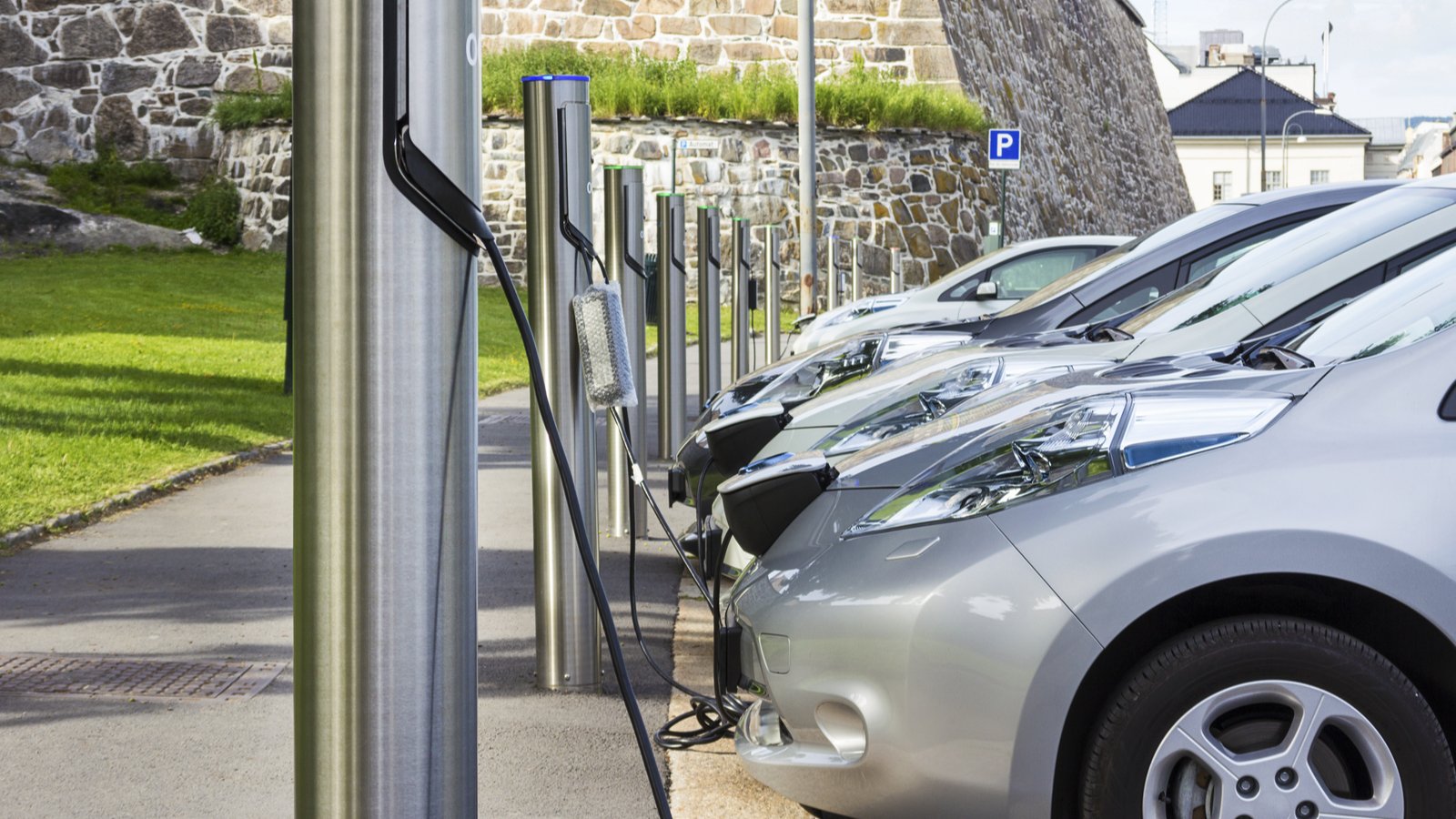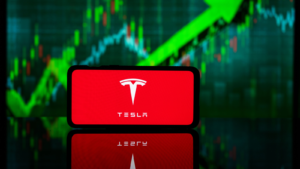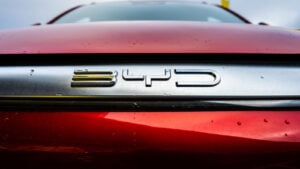
EV stocks will probably be a growth tailwind for many investors’ portfolios in 2024. Elon Musk remarked earlier this year that the interest rate environment was putting pressure on the sales of EVs. Now that interest rates are lowering, it’s natural to believe that the inverse is also true: more sales and greater demand for luxury cars like EVs.
Given this backdrop, there are some EV stocks primed t0 take full advantage of this predicted swing back to electric-powered vehicles. These companies are some of the marquee names we all know about, but their unique positioning in the market also makes them worthy contenders of wearing this crown.
This article will dive into the financials and competitive moats of these EV stocks to determine which are leading the charge on clean energy. Let’s get started.
Tesla (TSLA)

Tesla’s (NASDAQ:TSLA) developments with its Cybertruck and semitrailer to PepsiCo (NASDAQ:PEP) exemplify its position well.
In other areas, TSLA stock’s expansive product lineup, including the Model 3 and Model Y, remains popular, and the company is pushing to reach significant delivery targets in 2023.
The company’s investment in developing technologies like self-driving capabilities and battery innovations further solidifies its position in the market.
The main thing that stands out to me, though, about TSLA is its brand, as well as its association with Elon Musk. Despite controversy, Musk has devoted fanboys who idolize him. His groundbreaking work in spaceflight and cryptocurrency boosts the TSLA brand, giving it a competitive edge.
These developments thus make TSLA one of those EV stocks that are leading the charge on green energy.
BYD (BYDDF)

BYD (OTCMKTS:BYDDF) is affecting the Chinese EV market and expanding internationally. This company is a good option for investors looking to diversify into emerging market (particularly Chinese) stocks.
BYDDF stock produced the highest number of EVs in China for November 2023. This dominance in the Asian market also looks to expand internationally. The company has plans to extend its reach into European countries such as Germany and Sweden, as well as in North America, with a presence in Mexico.
One of the standout features of BYDDF is that it has delivered about 70,000 buses worldwide. To put this number into perspective, in Europe alone, it has saved the environment about 150,000 tonnes of CO2 emissions. This is part of the 3.8 million tonnes of CO2 emissions, which have saved the environment globally.
Finally, the company is also exploring ways to make the production of these buses and electric buses more sustainable and better for the environment, focusing heavily on recycling and the circular economy.
Nio (NIO)

Nio (NYSE:NIO) remains a top pick in the EV market, but it races threats from BYDDF in terms of its contribution to the world’s transition to electric-powered vehicles. It’s still one of those EV stocks many investors believe will yield significant contributions in the future.
NIO stock’s contribution to the green revolution is not as dramatic as some of its peers. However, it is still making significant progress. It seems to prefer taking a methodical approach as opposed to making sweeping gestures.
For instance, it’s pursuing a “green industry chain,” where each of the components used in the process of making its vehicles focuses on reducing emissions as well as preserving the environment. Sustainable value chains are essential for meaningful EV impact. Rolling out EVs en masse may be counterproductive if it takes years or decades for them to recover from environmental damage caused during production.
However, once the vehicles by NIO stock are on the road, they may also have low carbon overhead. For instance, in 2021, NIO’s newly delivered vehicles reduced carbon emissions per mileage by 25%, achieving a total carbon emissions reduction of 1.08 million tons. This shows that it’s one of those EV stocks to consider for investors who have the environment in mind.
On the date of publication, Matthew Farley did not have (either directly or indirectly) any positions in the securities mentioned in this article. The opinions expressed are those of the writer, subject to the InvestorPlace.com Publishing Guidelines.




